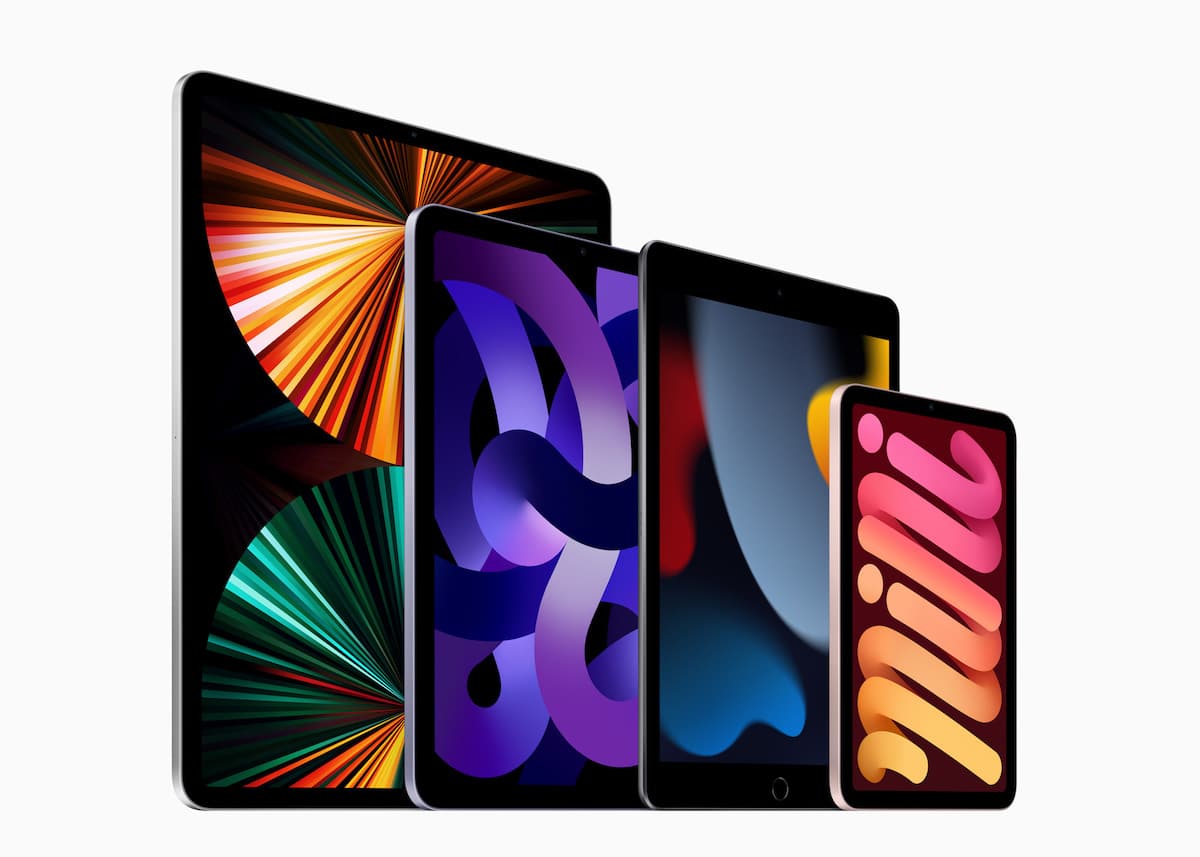Previously, it was reported that Samsung was developing of new OLED panels with the two-stack tandem structure for iPads launching in 2024.
A new report by The Elec claims that Samsung Display has not only acquired Apple’s order for advanced OLED panels, but the South Korean manufacturer is planning to produce them at its new Gen 8 (2200x2500mm) substrate OLED production line.

Samsung has the space to produce two-stack tandem OLED displays for the 2024 iPad at its first Gen 8 OLED lineup
In opposition to single-stack OLED screens, the two-stack structure of an OLED tech increases its display’s brightness by 2x and prolongs its quadrupled. Therefore, Apple wanted two-stack OLED panels for its new iPad models.
Single stack OLED means there is one red, green and blue emission layer while two stack tandem OLED means there is one more additional layer.
Having two RGB emission layers stacked in tandem increases the brightness of the screen while also extending its life, making the technology more optimal for tablets and PCs that are used longer than smartphones.
Apple is expected to launch its first OLED iPad in 2024 with a two-stack tandem OLED panel.

According to the report, Samsung’s first Gen 8 OLED line will have enough space to produce the two-stack tandem OLED panels for the iPad model launching in 2024.
Samsung Display’s first Gen 8 OLED line will have enough space at the factory so that it can be converted to manufacture the more sophisticated two-stack tandem OLED, the sources said.
This can be achieved by installing more chambers for the organic material vacuum deposition process.
The Gen 8 OLED line is expected to have a capacity of 15,000 substrates per month at the start. The line will be designed so that Samsung Display can add additional capacity depending on demand.
Recently, it was also reported that Apple is expected to release “hybrid” OLED panels in future iPad models because the hybrid panels are thinner and cheaper than flexible OLED panels.
Read More:
- How to watch iPhone 14 “Far Out” September 7 event on Apple, Android, and Windows devices
- Non-Pro iPhone 14 models to feature “enhanced version” of A15 Bionic chip – Report
- Apple Watch Series 8’s body temperature sensor is designed for fertility planning and sleep tracking
- A price reduction of Apple Watch SE is expected following the discontinuation of Series 3


